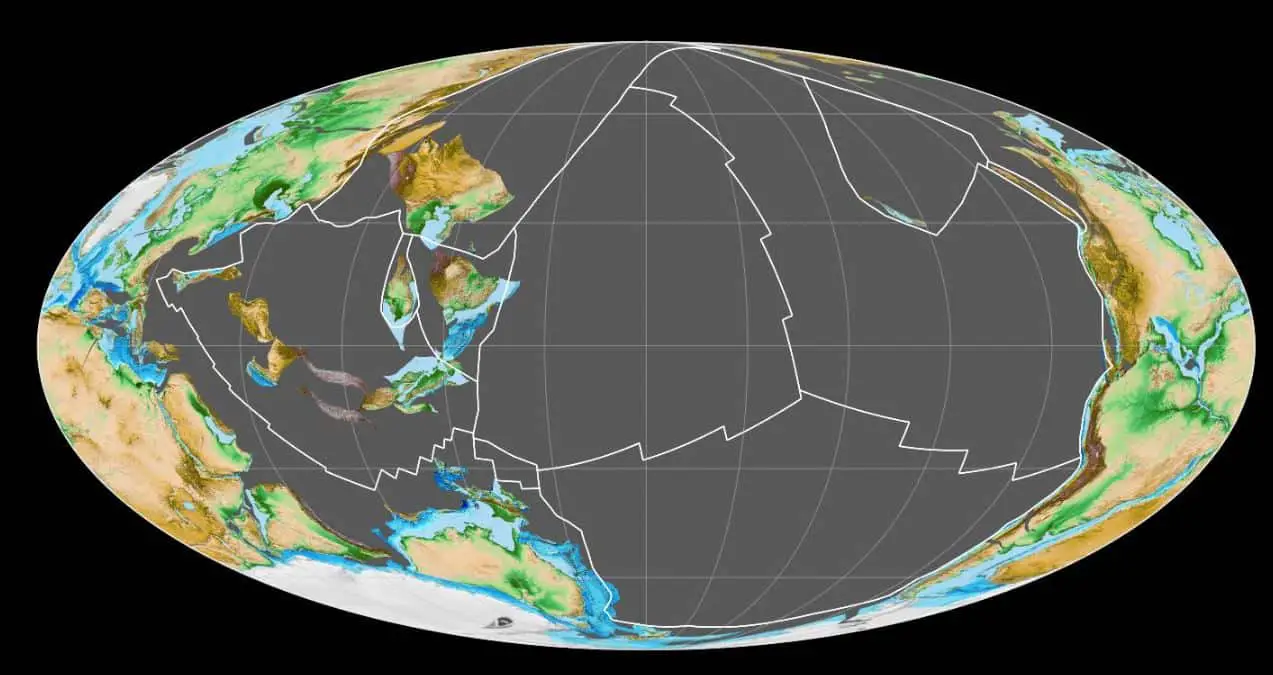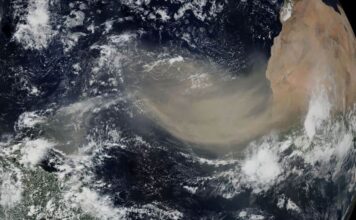Earth’s plates have been moving since the breakup of Pangaea. Chinese scientists at Curtin University, Australia, used supercomputers to simulate the evolution of Earth’s tectonic plates and found that the Pacific Ocean is likely to close in less than 300 million years.
At that time, Asia, America and Australia will combine to form a supercontinent, and scientists will name it Amasia.
The prehistoric giant ocean called Panthalassa (pictured below) is the oldest ocean on Earth, shrinking from its largest size since the age of dinosaurs.
The Pacific Ocean was formed after the division of Pangaea 700 million years ago, and the Pacific Ocean is the rest of the pan-ocean.

For the past 2 billion years, continents have collided to form supercontinents every 600 million years, known as the supercontinent cycle. Scientists believe that now the continents will be reunited again, just not sure how long.
And geologists have long had no consensus on joining continents, such as whether the west coast of the Americas enters Asia, or the east coast of the Americas rejoins Europe and Africa.
Merging of America and Asia Continents
Scientists at Curtin University in Australia recently concluded that fundamental changes have taken place in the depths of the earth. So now only the aforementioned scenario can happen, which is the merger of the Americas with Asia.
Scientists say the earth has cooled for billions of years, and the thickness and strength of the plates under the ocean have weakened. Continental movement is largely determined by the strength of the oceanic crust, and only when the crust is strong.
The continents can change direction and reunite in the young inner ocean.
It is therefore increasingly difficult to close young inner oceans such as the Atlantic or Indian Oceans to form new supercontinents.
Now that Earth has reached a point where only the outer oceans can close, the disappearance of the Pacific is inevitable.
Compared with the Atlantic Ocean, which is currently growing at a rate of several centimeters per year, the Pacific Ocean is also shrinking at a rate of several centimeters per year. It is currently about 10,000 kilometers away and is expected to close in 200 to 300 million years.
First Image Credit: Curtin University




